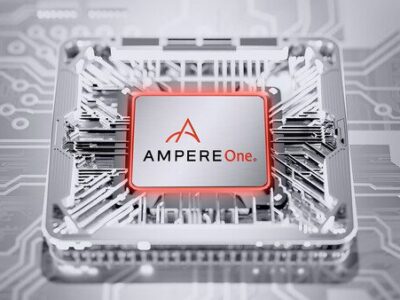
Sensorbee integrates DevAlert 2.0 for IoT observability and remote debugging at scale
IoT sensor network operator Sensorbee is adopting the latest DevAlert tool from Percepio in Sweden.
DevAlert2.0 has been integrated by Sensorbee AB, a provider of IoT-based outdoor air quality monitoring systems. DevAlert is an embedded software agent and cloud infrastructure to detect crashes, errors and other software anomalies instantly, during system testing, field trials and in customer operation, and get detailed diagnostic information enabling rapid solutions. The agent is purpose-built for small edge processors and IoT microcontrollers running RTOS-based software, with security, privacy, transparency, and scalability..
“It is very important for us to deliver new functionality quickly, from a customer request all the way out to the field. DevAlert helps us accelerate the growth of the company as we can deliver new functionality faster and with the high quality expected by our customers,” says David Löwenbrand, CEO at Sensorbee.
DevAlert 2.0 improves the diagnostic capabilities, including core dumps for source code debugging targeting ARM Cortex-M devices. This allows for remote analysis of crashes, errors or cybersecurity anomalies in full detail, including the function call stack, parameters and variables, and with source code display.
Version 2.0 can also be used to detect stack corruption using common compiler features and an example for the GCC compiler is included. When combined with the core dumps, you can not only discover dangerous buffer overrun issues, but also capture the corrupted stack contents to inspect the data. This can reveal code injection attacks in full detail, as well as accidental buffer overruns that are critical vulnerabilities.
“Software observability is increasingly critical for digital trust due to rising cyber threats and ever-increasing software complexity causing elusive bugs and vulnerabilities,” said Dr. Johan Kraft, CTO and founder of Percepio.
“Not only in the cloud, but even more so in edge devices that are exposed to unpredictable environments and physical attacks since they have many attack surfaces. Edge devices may have CAN buses, UARTs, JTAG debug ports and various other I/O interfaces that were not designed with cybersecurity in mind.
DevAlert is also designed to allow developers to have full control over their diagnostic data storage and never have to upload any sensitive device data or IP such as firmware images into the cloud service. DevAlert 2.0 improves on this focus by providing a separate desktop client that lets users configure their own private data storage for full control and privacy. The client also lets users hook in their own desktop-based diagnostic tools, such as debugging tools and custom scripts, and launches the right tool when the user clicks on a download link in the DevAlert Dashboard.
An integration with GDB is included for ARM Cortex-M devices, and support for other platforms can be provided on request.
“The new design required solving fundamentally conflicting requirements – providing more detailed data from the devices, without sacrificing the customer’s data control and privacy,” said Kraft. “For example, viewing core dumps in a debug tool requires access to the right firmware image, sensitive IP that should remain in the customer’s private domain at all times.”
“With DevAlert 2.0 we ensure data privacy while also adding support for any kind of device data. When clicking a download link in the DevAlert Dashboard, the right data is loaded automatically in the right desktop tool, on your local machine, without ever leaving your private domain. For example, when an anomaly is detected in your software, you can view traces in Tracealyzer, core dumps in your favourite debugger, vision system data in an image viewer, network request data in a protocol analyzer tool, or the most recent device log in your favourite text editor.”
percepio.com/devalert; www.sensorbee.com
 If you enjoyed this article, you will like the following ones: don't miss them by subscribing to :
eeNews on Google News
If you enjoyed this article, you will like the following ones: don't miss them by subscribing to :
eeNews on Google News






